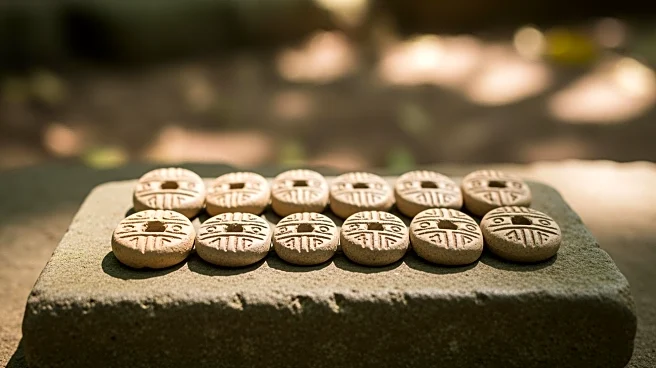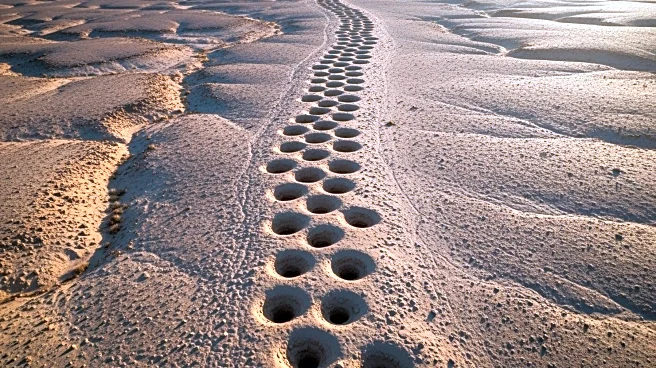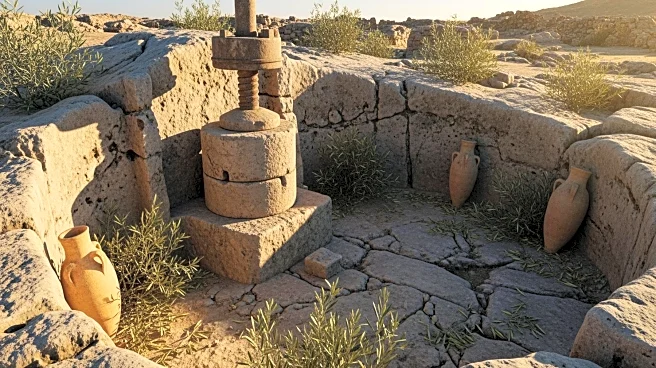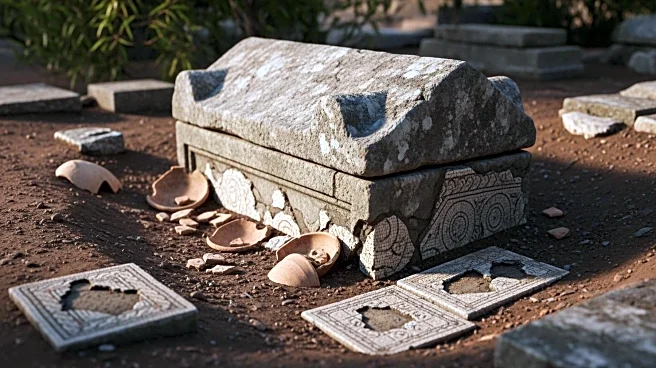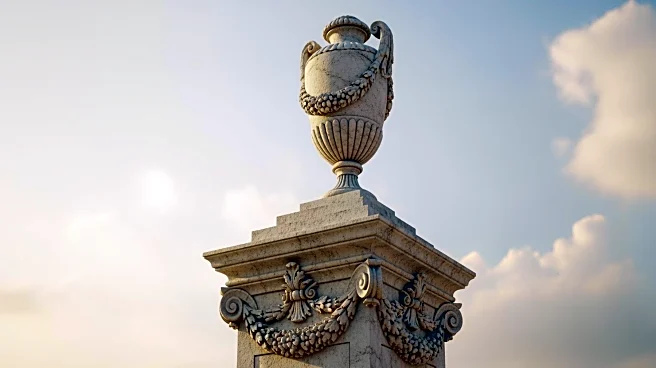What's Happening?
Archaeologists have been investigating the Monte Sierpe site in Peru, which features approximately 5,200 aligned holes stretching across the Pisco Valley. Recent studies, including drone footage and microbotanical
analysis, suggest that the site may have served as a marketplace for pre-Inca civilizations and later as an accounting tool for the Incas. The holes, organized into distinct sections, may have been used for bartering goods such as maize, cotton, and coca. The site, dating back 600 to 700 years, aligns with the Late Intermediate Period in Peru, a time before the Inca Empire's rise. The research team, led by Dr. Jacob Bongers, is exploring the possibility that the site functioned as a large-scale accounting device, akin to an 'Excel spreadsheet' for the Inca Empire.
Why It's Important?
The findings at Monte Sierpe offer significant insights into the economic practices of ancient Andean societies. Understanding the site's function as a marketplace and accounting tool could reshape perceptions of pre-Hispanic economic systems, which lacked formal currencies or writing systems. The research highlights the complexity and sophistication of indigenous economic mechanisms, challenging previous assumptions about these societies. Additionally, the study underscores the importance of integrating indigenous perspectives and archaeological evidence to accurately represent local heritage. This research contributes to broader discussions on the preservation and interpretation of ancient cultural sites, emphasizing the need for narratives that reflect the true historical context.
What's Next?
Further research is planned to explore the numerical relationship between Monte Sierpe's design and the Inca counting system known as khipus. The team aims to determine if the holes were used to collect tribute, an early form of taxes, from local communities. Continued study of khipus may provide additional evidence to support the site's role in the Inca Empire's economic operations. As new findings emerge, they could offer deeper insights into the economic and social structures of ancient Andean civilizations, potentially influencing how these cultures are understood and preserved.
Beyond the Headlines
The study of Monte Sierpe not only sheds light on ancient economic practices but also raises questions about the integration of indigenous knowledge in archaeological research. The site's potential use as a marketplace and accounting tool reflects the ingenuity of pre-Hispanic societies in managing resources and trade. This research highlights the importance of preserving cultural heritage and ensuring that indigenous narratives are included in historical interpretations. As archaeologists continue to investigate Monte Sierpe, they contribute to a broader understanding of the cultural and economic dynamics that shaped ancient Andean civilizations.
